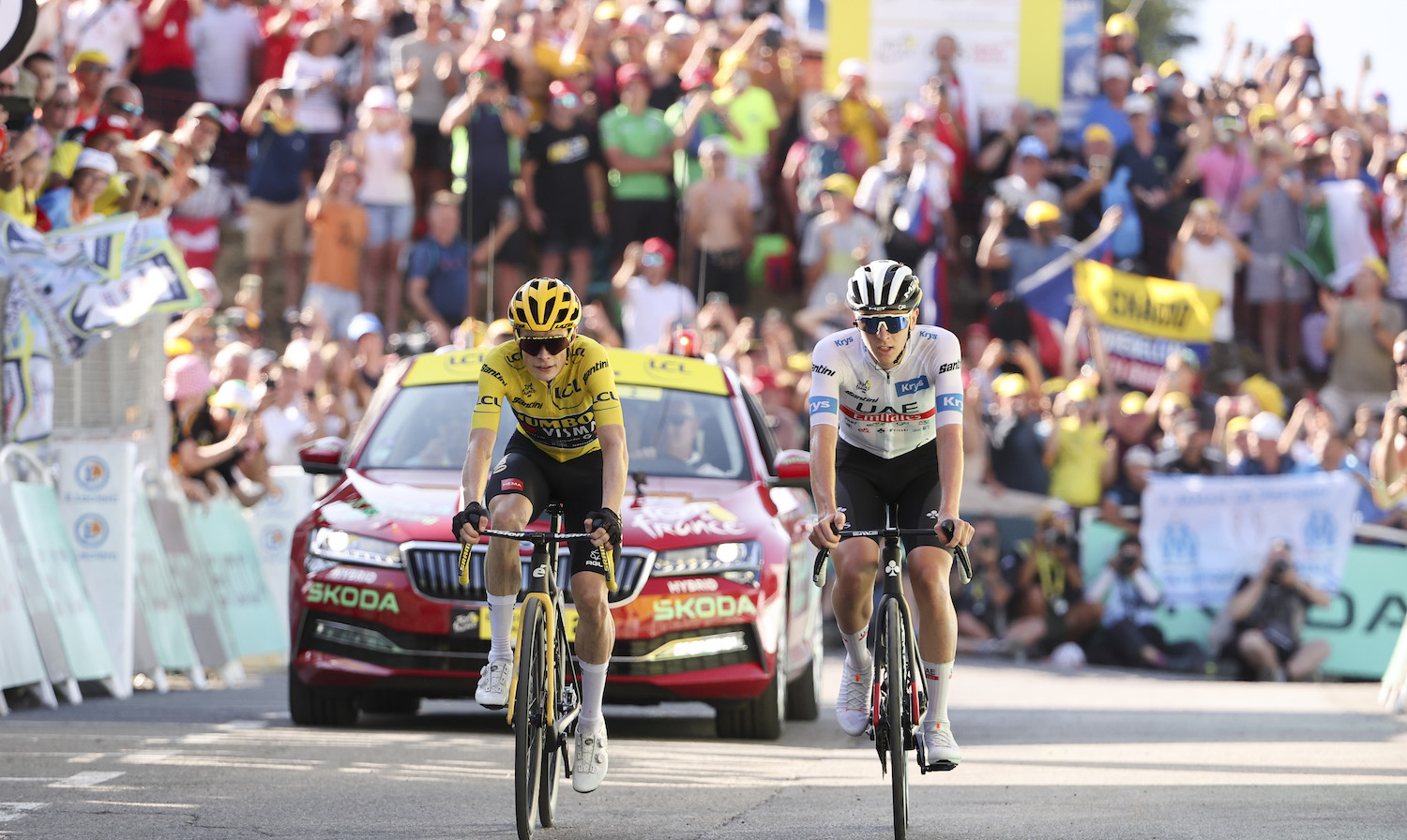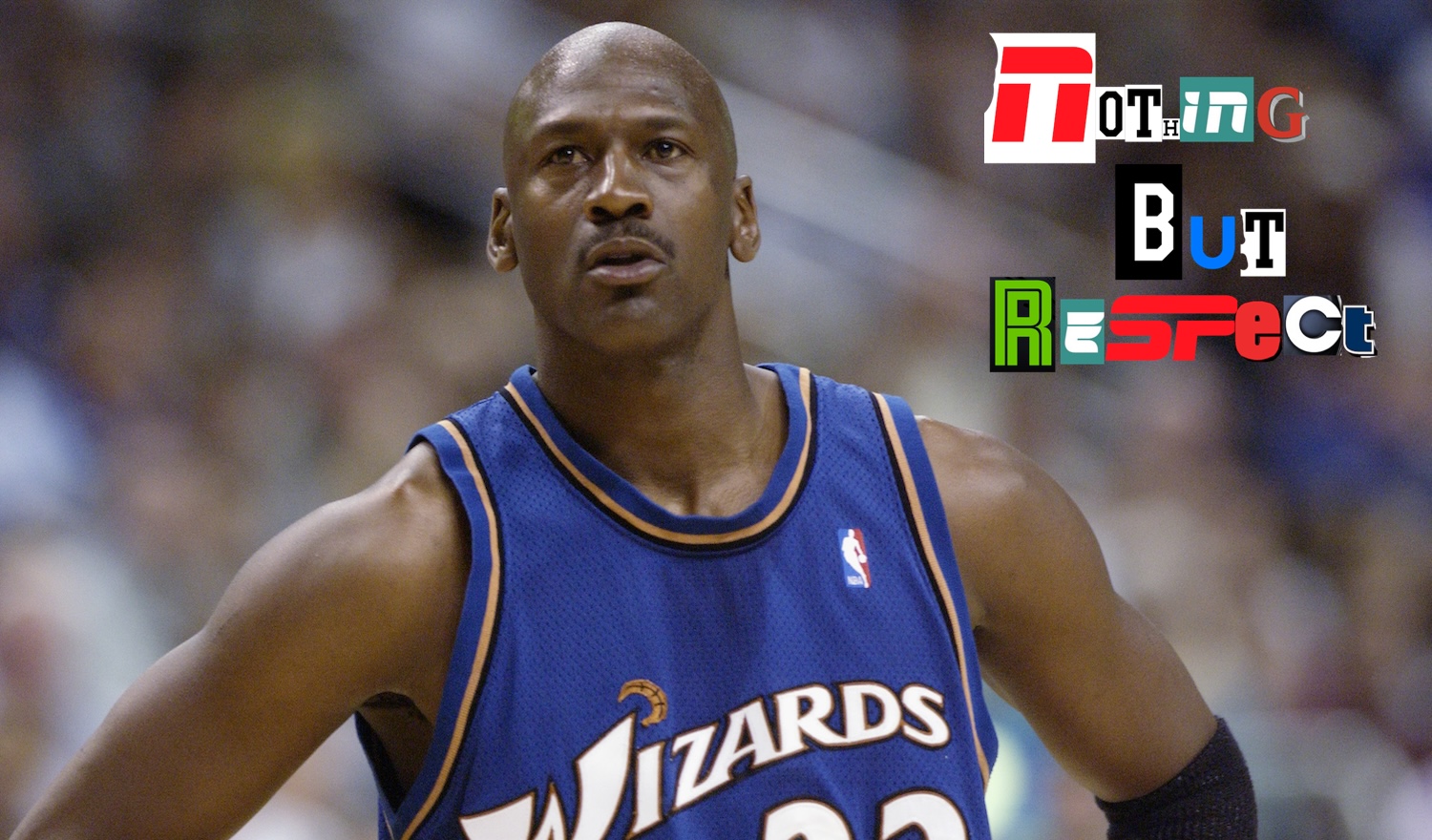Tadej Pogacar had the legs. On the daunting slopes of the Col de Joux Plane, dubbed "the nastiest climb in the Alps" by Dutch climbing maestro Peter Winnen, the Slovenian was taking it to Jonas Vingegaard. The yellow jersey admirably chased back after Pogacar's first attack stuck, and the two danced ahead together onto the steepest segment of the climb, into a frothy thicket of bare-assed and red-faced fans, when Pogacar went again. He earned a few meters before he was forced to slam on the brakes, his attack nullified by a pair of media motorbikes dawdling in the middle of the road. And so Pogacar and Vingegaard wound up finishing Stage 14 the way they have finished almost every other stage in this Tour de France: together.
¡Pero que hace la moto!🤦♂️
— Pablo Velasco Ruperti (@PabloVelascoR02) July 15, 2023
Insolito lo que sucedió hoy en la etapa 14 del #TDFF2023 cuando Pogacar atacaba a Vingegaard en la cima del Joux Plane⛰ pic.twitter.com/XDxfBrq8FW
After 62 hours and 34 minutes of racing over 2,609 kilometers, spread across 15 stages and 53 categorized climbs, the two riders are separated by 10 minuscule seconds. That is an asymptotic difference at this point in the race, a margin that either could snatch back in any given stage if they weren't so equally matched, or if the cycling gods were not so determined to keep them magnetized. Each rider's team has played tactical gambits designed to destroy the other. Pogacar's UAE team will isolate Vingegaard with brutal pace-setting and set up a showdown, or Vingegaard's Jumbo-Visma squad will scatter a series of teammates up the road like a daisy chain to support their leader, and none of it ever really seems to work. They are both too strong to be troubled by any other riders and too evenly matched to get away from each other.
Pogacar, the better sprinter, snatched up a few seconds on the margins in the opening stages, but Vingegaard truly struck first on Stage 5 by grabbing a minute—only for Pogacar to win Stage 6 and halve the Dane's margin. Since then, Pogacar has tested the outer limits of their covalence by attacking on every stage's final climb, stealing eight seconds here, nine there. He has never been able to meaningfully distance Vingegaard, and after the motorbikes stymied Pogacar on the Joux Plane, Vingegaard added one second to his lead by winning the sprint to the summit. Again Pogacar tried him on Sunday's climb to Saint-Gervais, which the two climbed significantly faster than any other rider in the history of the race, and again, Vingegaard parried every thrust.
Meanwhile, far behind them, no other rider is within five minutes. Only Carlos Rodriguez has been able to best them straight-up, and that was only because Pogacar stopped racing after the motorbikes shut him down. They came into the first rest day 17 seconds apart, only to manage a seven-second difference in six hard days of racing. Pogacar and Vingegaard may as well be riding a tandem bike. In a week, the pair will become the first two riders to finish 1-2 at three straight Tours.
Heading into the rest day and straight to the coffee shop with @j_vingegaard
— Tadej Pogačar (@TamauPogi) July 16, 2023
☕️🤝#tdf2023 pic.twitter.com/UfbHkC2qZk
The top two riders have been only been this close at the second rest day twice before at the Tour de France, though in both cases, neither of the top two went on to finish in the top five in Paris. The famed 1989 Tour, which Greg LeMond won by just eight seconds, was a back-and-forth affair, though LeMond had to make up a 50-second gap on the final day. This may very well be the closest Tour de France ever, and the 10-second gap feels even smaller given the rugged terrain and the aggression with which both men are racing. Vingegaard has been proactive in defense, sprinting for bonus seconds whenever he can. Pogacar has taken every possible opportunity to attack Vingegaard, putting searing turns of pace into the Danish rider and sustaining uphill sprints for 20 seconds. It's as impressive to see him roar away as it is to see Vingegaard follow and counter. Each has broken the other once, though that was two mountain ranges ago. Now it's just internecine warfare for measly seconds. "I think we are going faster," Vingegaard said atop Saint-Gervais. "I think both of us are pushing more watts than we did last year."
Someone has to win this thing. Three of the six remaining stages will serve as backdrop for Pogacar-Vingegaard battles, though there are no more summit finishes left at this year's Tour. Stage 20 ends on a false flat eight kilometers from the final climb, which is not as decisive as previous mountain stages, though its odd profile means team support could play a significant factor. This year's Queen Stage, Wednesday's Stage 17, finishes on a short descent down from the Col de la Loze, which is as hard as the Joux Plane with its 20-percent wall at the end. Stage 17 will also be particularly demanding because both riders' legs will have been softened up by Tuesday's time trial, the only solo effort in this year's Tour. The individual time trial is known as the "race of truth" because there's no hiding out there, no team tactics, no wheels to follow. Just maximum effort for probably 40 minutes, alone. It's oddly fitting, after such a tightly contested Tour de France, that the race will likely be decided only once Jonas Vingegaard and Tadej Pogacar will be forced to race without each other.






